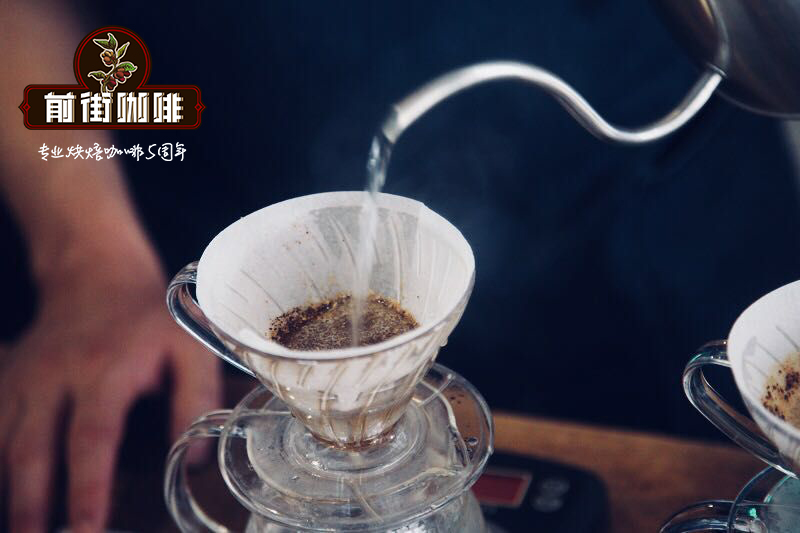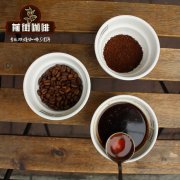Why does the coffee have a bitter taste? how to avoid extracting too much caffeine?

Caffeine belongs to plant alkaloid, unscented and slightly bitter, but it is not the main source of bitterness. generally speaking, the content of caffeine is absolutely related to the variety of coffee. in addition, many people think that caffeine is the cause of heart palpitations when drinking coffee. in fact, it may be caused by coffee is not fresh, or the harmful substances of defective beans are caused by the adverse effects of caffeine, you can observe personal eating habits. Because many foods contain caffeine!
How much caffeine is there in each cup of coffee?
Variety factors:
The common instant coffee variety is "Robusta", which has a high caffeine content of about 250 mg. Boutique coffee is generally "Arabica" varieties, caffeine content is lower than the former, about 100 milligrams. Top "geisha" varieties, caffeine is a little lower than the general "Arabica", about 90 milligrams.
Extraction mode
Generally speaking, the more coffee powder is used, the longer the extraction time is, the higher the water temperature is, and the finer the grinding particles are, the higher the caffeine is. Fermi's fresh earhanging bag is made of coarse ground coffee powder. Friends are advised to brew it at a water temperature of 90 degrees and 2 minutes. The total amount of coffee in each cup is about 150c.c, so the caffeine content in each bag is about 100mg.
The Department of Health and medical experts recommend that it is no problem to limit caffeine intake to less than 300 milligrams a day. (patients with diseases are not included in this recommendation. )
Important Notice :
前街咖啡 FrontStreet Coffee has moved to new addredd:
FrontStreet Coffee Address: 315,Donghua East Road,GuangZhou
Tel:020 38364473
- Prev

The Ethiopian Coffee Guide gives you a 5-minute understanding of the origin of coffee
Ethiopia is recognized as the birthplace of coffee and is highly respected in the specialty coffee industry. Coffee beans from this country are the staple food on the menu of coffee shops around the world. But why is Ethiopian coffee so well received? How much do you really know about this origin? Coffee production areas in Ethiopia vary widely from region to region, micro-region and even from farm to farm.
- Next

Why calibrating self-senses is important to the accuracy of cup testing? how to treat cup testing correctly?
Few people know more about the nuances of coffee than my colleagues, including several experienced baristas, two Q-Graders, one Q-Instructor, and another colleague who has worked in baking, QC and Green Coffee for more than 10 years. I think it will be a perfect group, and here I can test my hypothesis that the same coffee brewing will be presented in separate cups.
Related
- Beginners will see the "Coffee pull flower" guide!
- What is the difference between ice blog purified milk and ordinary milk coffee?
- Why is the Philippines the largest producer of crops in Liberia?
- For coffee extraction, should the fine powder be retained?
- How does extracted espresso fill pressed powder? How much strength does it take to press the powder?
- How to make jasmine cold extract coffee? Is the jasmine + latte good?
- Will this little toy really make the coffee taste better? How does Lily Drip affect coffee extraction?
- Will the action of slapping the filter cup also affect coffee extraction?
- What's the difference between powder-to-water ratio and powder-to-liquid ratio?
- What is the Ethiopian local species? What does it have to do with Heirloom native species?

